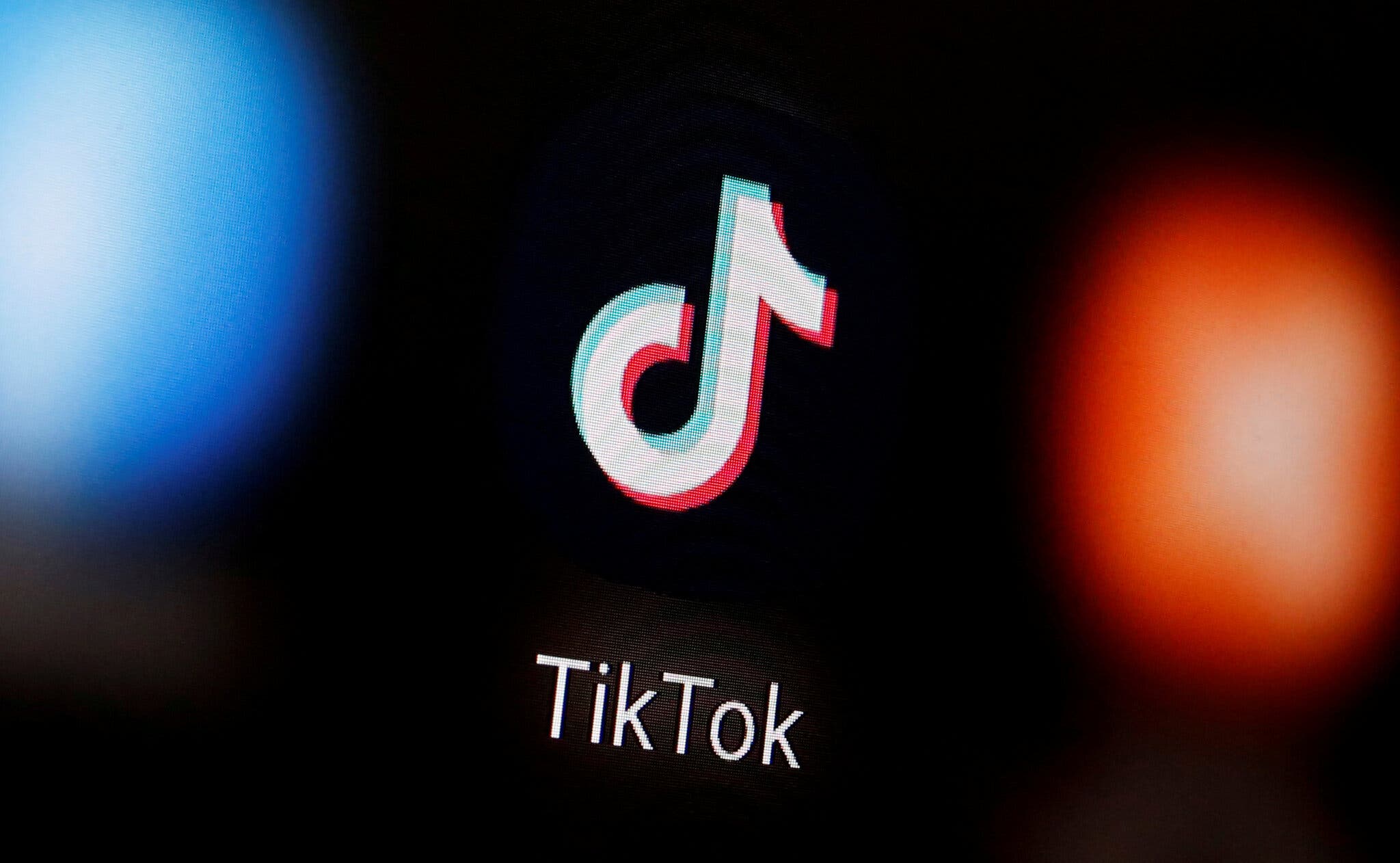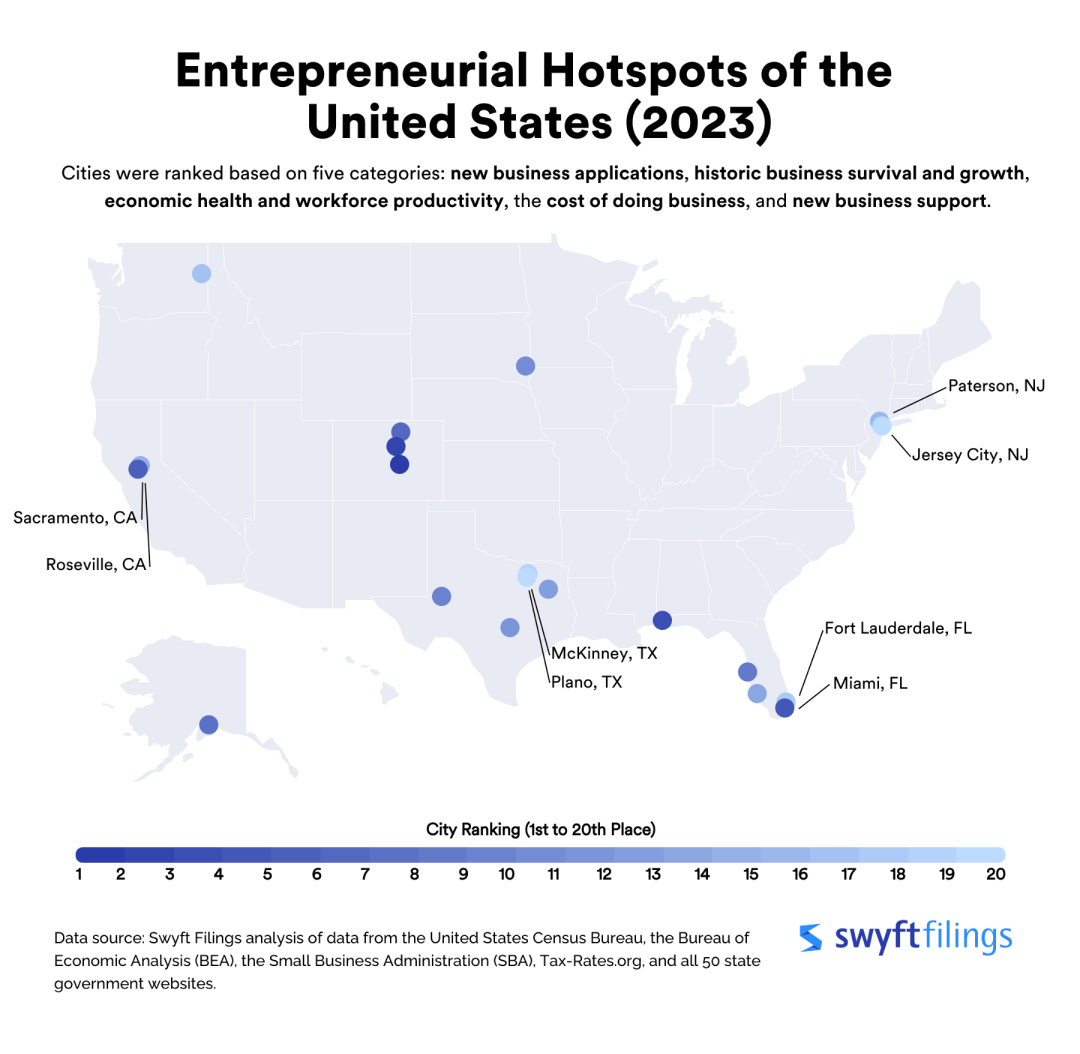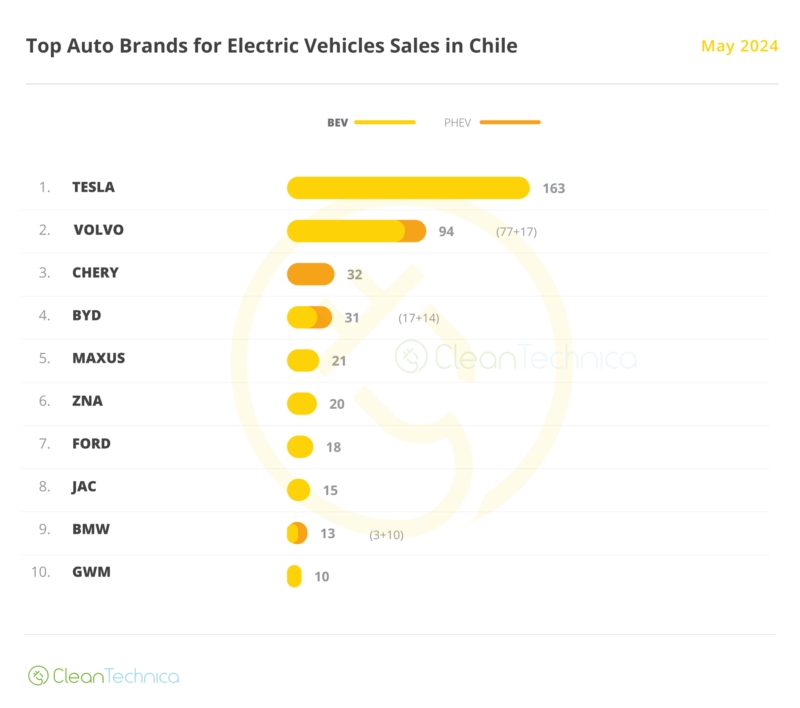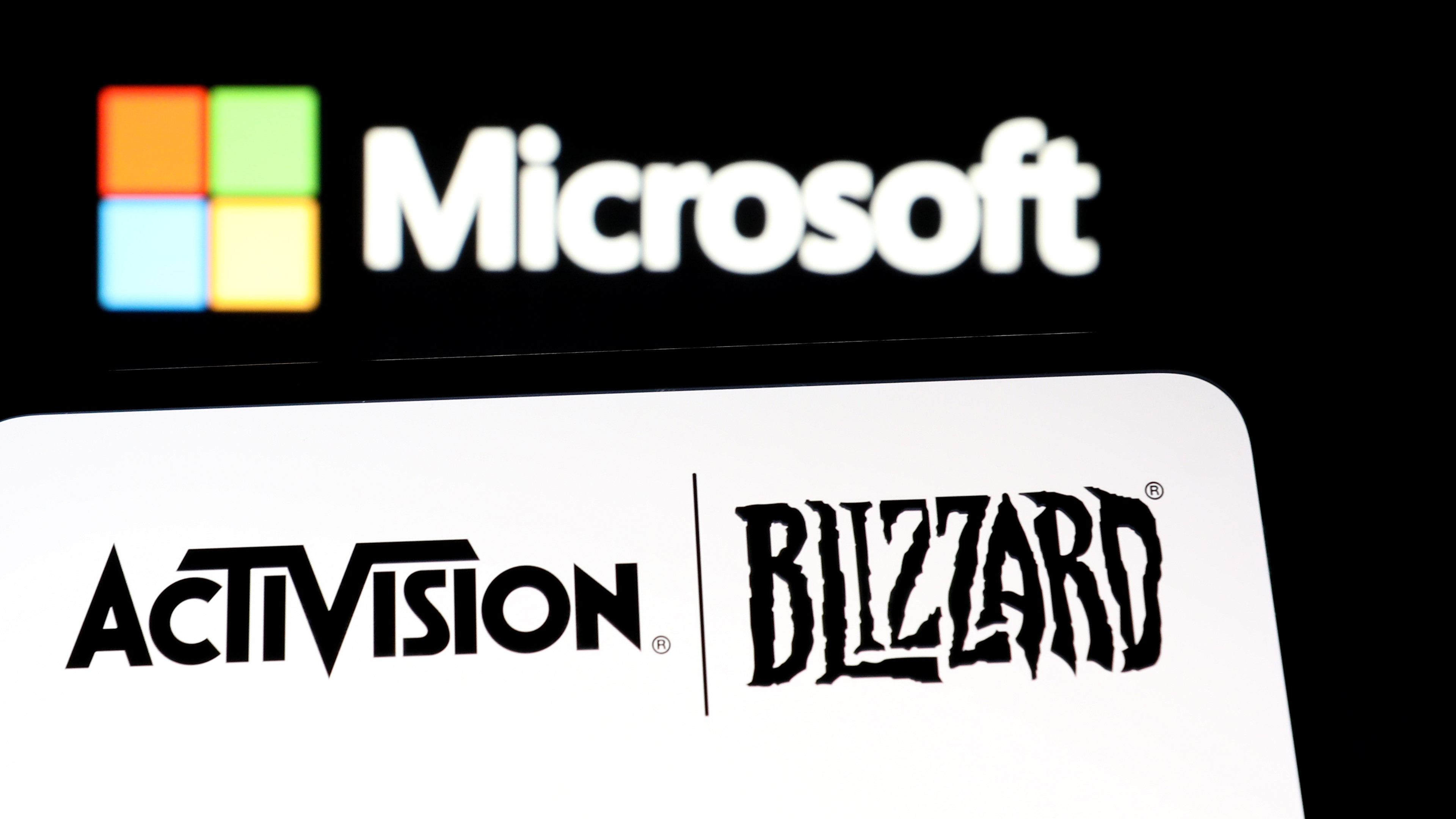TikTok's Influence On Businesses Avoiding Trump Tariffs

Table of Contents
TikTok as a Direct-to-Consumer Marketing Channel
The imposition of Trump tariffs led many businesses to seek alternative strategies to maintain profitability and market share. TikTok provided a powerful solution by enabling direct-to-consumer (DTC) marketing.
Bypassing Traditional Retail Markups
Bypassing traditional retail channels, often burdened with inflated prices due to tariffs and intermediaries, proved crucial for survival. TikTok allowed businesses to establish a direct connection with their target audience, fostering brand loyalty and boosting profits.
- Reduced dependence on importers: Businesses reduced their reliance on potentially tariff-burdened importers.
- Lower prices for consumers: Direct sales translated into lower prices for consumers, increasing competitiveness.
- Increased profit margins: Eliminating middlemen significantly boosted profit margins.
- Building brand loyalty directly: Direct engagement fostered stronger relationships with customers, building trust and repeat business.
For example, a clothing company, previously reliant on wholesalers affected by tariffs on imported fabrics, transitioned to selling its products directly through engaging TikTok live streams. This allowed them to showcase their new collections, interact directly with customers, and avoid the inflated costs associated with traditional retail channels.
Reaching Niche Markets
TikTok's sophisticated algorithm enabled businesses to target specific demographics and geographic locations, effectively bypassing regions heavily impacted by tariffs.
- Targeted advertising: Precise targeting minimized wasted ad spend.
- Precise audience reach: Businesses could focus on less tariff-affected markets.
- Reduced marketing costs: TikTok's organic reach minimized reliance on expensive traditional advertising.
- Focus on less tariff-affected markets: Businesses could pivot their marketing efforts towards regions with less trade friction.
A handcrafted goods business, for instance, leveraged TikTok to connect with customers in countries unaffected by the tariffs, significantly expanding their reach and mitigating the negative impacts of the trade war on their sales.
Leveraging TikTok for Supply Chain Diversification
The Trump tariffs highlighted the vulnerability of relying on single-source supply chains. TikTok emerged as a valuable tool for businesses to diversify their sourcing and build more resilient operations.
Discovering Alternative Suppliers
TikTok's vast network of creators and users provided an unexpected avenue for finding and connecting with alternative suppliers from countries unaffected by tariffs.
- Identifying new suppliers through influencer collaborations: Influencers with expertise in specific industries could connect businesses with reliable suppliers.
- Utilizing TikTok's creator community: The platform's community fostered a collaborative environment, enabling businesses to tap into a network of potential suppliers.
- Reduced reliance on tariff-impacted regions: Diversification mitigated the risk associated with relying on a single source of supply.
A furniture company, facing significant tariffs on Chinese imports, successfully used TikTok to connect with manufacturers in Southeast Asia, securing new, more cost-effective supply chains.
Building Transparent Supply Chain Relationships
Open communication on TikTok fostered trust with consumers, demonstrating a commitment to ethical sourcing and price transparency in the face of tariff challenges.
- Increased consumer trust: Transparent communication about sourcing and pricing built consumer confidence.
- Enhanced brand reputation: Demonstrating adaptability and ethical sourcing strengthened brand image.
- Showcasing ethical sourcing practices: Transparency reassured consumers about the company's values.
- Demonstrating adaptability: Showing proactive responses to trade challenges earned consumer loyalty.
A cosmetics company, for example, used TikTok to showcase its transition to ethically sourced, tariff-free ingredients, earning positive customer feedback and reinforcing its commitment to transparency.
The Role of TikTok Influencers in Tariff Mitigation
Influencer marketing played a significant role in helping businesses navigate the complexities of Trump tariffs and communicate their strategies to consumers.
Influencer Marketing for Tariff-Free Products
Businesses partnered with influencers to promote products and services unaffected by tariffs, extending their reach and highlighting their value proposition.
- Increased brand awareness: Influencers’ established audiences amplified brand visibility.
- Expanded reach: Influencers extended the reach beyond the business's existing customer base.
- Targeted marketing campaigns: Influencers helped reach specific customer segments.
- Highlighting value propositions of tariff-free products: Influencers emphasized the benefits of tariff-free alternatives.
A food company, for example, partnered with several prominent TikTok food bloggers to showcase its domestically produced products, highlighting their quality and the absence of tariff-related price increases.
Educating Consumers about Tariff Impacts
Businesses utilized TikTok to educate consumers about the impact of tariffs and their efforts to mitigate these impacts, fostering greater understanding and loyalty.
- Transparency with customers: Open communication built trust and reinforced the brand's commitment to its customers.
- Fostering understanding: Consumers gained a better grasp of the challenges faced by businesses.
- Building loyalty: Transparency and proactive communication strengthened customer relationships.
- Demonstrating social responsibility: Businesses showed a commitment to navigating economic complexities ethically.
A tech company, for instance, used TikTok to transparently explain how tariffs impacted product pricing and the steps taken to offset the price increases, building consumer understanding and trust.
Conclusion
This article highlighted the surprising role TikTok played for businesses navigating the complexities of Trump-era tariffs. By leveraging the platform's direct-to-consumer marketing capabilities, exploring alternative supply chains, and utilizing influencer marketing, companies found innovative ways to mitigate the negative impacts of these trade policies. TikTok proved to be more than just a social media platform; it became a valuable tool for managing international trade and e-commerce challenges.
Call to Action: Don't let tariffs hinder your business growth. Explore the potential of TikTok for mitigating tariff impacts and boosting your bottom line. Learn how to effectively utilize TikTok's marketing features to navigate future trade uncertainties and build a resilient business strategy. Start exploring the power of TikTok for international trade today!

Featured Posts
-
 Pope Francis Dead At 88 Following Pneumonia Battle
Apr 22, 2025
Pope Francis Dead At 88 Following Pneumonia Battle
Apr 22, 2025 -
 Revolutionizing Voice Assistant Creation Open Ais 2024 Innovation
Apr 22, 2025
Revolutionizing Voice Assistant Creation Open Ais 2024 Innovation
Apr 22, 2025 -
 Mapping The Countrys Emerging Business Hotspots
Apr 22, 2025
Mapping The Countrys Emerging Business Hotspots
Apr 22, 2025 -
 New Ev Technology Collaboration Saudi Aramco And Byd Join Forces
Apr 22, 2025
New Ev Technology Collaboration Saudi Aramco And Byd Join Forces
Apr 22, 2025 -
 Microsoft Activision Deal Ftcs Appeal And Future Implications
Apr 22, 2025
Microsoft Activision Deal Ftcs Appeal And Future Implications
Apr 22, 2025
